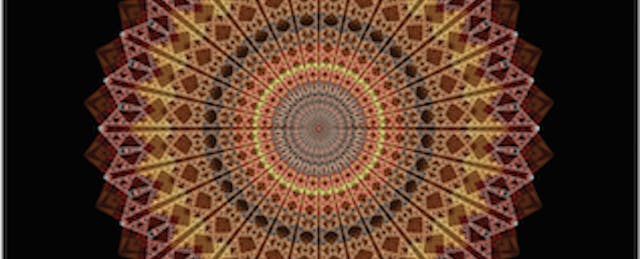This fall, my computer science class will follow the new AP Computer Science curriculum framework while also including culturally responsive instruction that makes use of students’ interests, community settings, and cultural and ethnic backgrounds. Some of the students enjoy freestyle rap and dance, so they will learn how to simulate or enhance their performances using code. Other students study drawing and painting, so they will learn how to use code to create their artwork. This approach is a gateway to computer science, using coding to foster creative expression, and supporting cultural responsiveness that addresses underrepresented students’ lack of exposure to computer science.
Nationwide, AP computer science is becoming more popular, and new initiatives aim to make it more inclusive as well. In 2015, the number of students taking the AP CS exam increased by nearly 24 percent. However, test-takers were overwhelmingly white and male, according to data from the College Board, which administers the AP test. This isn’t new. The exam has traditionally suffered from a lack of racial and gender diversity; conventional CS concepts were not adaptable to ethnically diverse students. In an effort to increase the number and diversity of high school students taking AP CS classes, this fall the College Board will launch a new AP course that teaches a broader range of computing skills, especially skills that involve art, design, and other non-CS practices.

In order to gain entry into college and the 21st century workforce, all students need to be comfortable with both coding and computational thinking. Some educators, myself included, make a distinction between the coding or computing in CS—which makes it possible for people to create computer software, apps and websites—and computational thinking, which is a collection of diverse tools that people use to solve problems.
Scholars such as University of Washington education professor Geneva Gay argue that the education of racially, ethnically, and culturally diverse students should connect in-school learning to out-of-school living; promote educational equity and excellence; create community among individuals from different cultural, social, and ethnic backgrounds; and develop students’ agency, efficacy, and empowerment. Coding based on cultural models can help do that, by inviting students to explore the connection between computation and creative expression. Cultural models such as graffiti, dance cyphers (circles), and cosmograms—circular maps that represent different concepts—are also examples of computational geometry, a branch of computer science devoted to the study of algorithms or sets of step-by-step instructions that can be stated in terms of geometry.

Culturally responsive computer science is a fairly new idea. It uses examples that are situated in different cultures, specifically ones that address "computational thinking practices" such as creating computational artifacts and "big ideas" such as creativity and algorithms. I took inspiration from a Rensselaer Polytechnic Institute CS program that shows teachers and students how to see algorithms from a cultural perspective by simulating visual art using the visual, drag-and-drop, programming language of Culturally Situated Design Tools (CSDT). This approach helps students learn math and computing principles as they explore cultural practices such as graffiti, breakdancing, beadwork, etc.—in effect transferring local knowledge into the realms of math and computing.
One example of culturally responsive CS is EyeWriter, a low-cost, open source eye-tracking system that allows artists with ALS (Lou Gehrig’s Disease) to draw using just their eyes. A legendary LA graffiti writer named TEMPTONE (TEMPT1), who was stricken with the disease, worked with a team of software developers, hardware hackers and urban projection artists from around the world to develop this project. Like graffiti, algorithms use sets of rules to be followed in computation.The source code for the EyeWriter software is based on openFrameworks, a cross platform C++ library for creative development. In my course students will be asked to explore the connection between computation and graffiti, through the engagement of people who use code to reimagine this cultural art form.

For an educator, cultural competence means having an awareness of one’s own cultural identity and views about difference, and the ability to learn and build on the varying cultural and social norms of one’s students. Cultural competencies can be developed through a number of ways, such asstory sharing, learning maps, symbols and images, and scaffolding.
Whether it’s 3D modeling, music, animation, engineering, mobile app development, biology, visual design, electronics, dance, or even humanities, computer science powers the technology, productivity, and innovation that supports and drives these practices. In designing my class, I looked at the work of Joy Buolamwini, a student and creator at the MIT Media Lab whose research explores who codes, why we code, and how we code—in the belief that these factors are just as important as the computational creations we make. Buolamwini uses movement and code to enable people with diverse interests and backgrounds to express their originality.
Attaining CS skills has become an imperative for today’s students and the workforce of tomorrow. More than 90 colleges and universities have stated their support for the new AP CS course, with the majority anticipating they will award college credit for high exam scores. Culturally responsive computer science is not only a gateway for all students in CS, it is a method to bridge what is familiar to students with new concepts and practices, enabling them to develop their own projects.


